In the profile area Sustainability & Biodiversity, researchers are studying sustainability, biodiversity, Earth system and environment. What do past heatwaves tell us about our future carbon climate? And how does chemical pollution of the planet influence the decline of biodiversity? One research focus explores weather and atmospheric phenomena and climate modelling. Another links questions of biodiversity and sustainability with globalisation, genetic engineering, and economic reasons for social inequality.

To understand the consequences of climate change and environmental pollution, natural scientists, sociologists and economists are working closely together in the RobustNature cluster project.
Climate change, biodiversity loss and environmental pollution are the three major threats to future life on our planet. How much can our ecosystem endure before its ability to adapt fails? The limits for climate change have meanwhile been thoroughly examined. Less is known about its immediate impact on biodiversity loss. Similarly, little is yet known about the effect of environmental stressors in the shape of chemicals, pathogens and invasive species. A lot of evidence suggests, however, that the limits to our planet’s resilience have already been exceeded.
That the ecosystems’ responses to human interventions only become visible in retrospect is due to the complexity of mutual influences. For example, pesticides can indirectly promote the spread of tropical diseases. Biodiversity loss affects ecosystem services and thus also human well-being. Researchers now speak of “One Health”, meaning that human health is inextricably linked to the health of terrestrial ecosystems.
»Understanding interdependencies on a scientific level alone is already a major challenge,« says Professor Henner Hollert, spokesperson for the RobustNature project. Researchers from biology are working together with specialists from environmental and atmospheric research. In addition, the project aims to understand the socio-economic consequences of climate change and to find out how we can strengthen the robustness and resilience of Earth’s systems. How would we have to shape societal and economic change?
Frankfurt is an ideal location for a transdisciplinary project of such a scale: significant expertise in biodiversity and environmental research has been acquired through the strategic appointment of experts, for example in nature conservation, transdisciplinary research, ecosystem analysis and genomics of natural products. These experts work together in projects such as the Centre of Competence for Water, the LOEWE Centre for Translational Biodiversity Genomics as well as research projects of the German Research Foundation on One Health and water and flood hazards. This expertise is complemented through collaborations with the Senckenberg Research Institute and the Institute for Social-Ecological Research (ISOE). “This means that we already have strong links on site to social science research. In addition, we’ve brought economics on board in the shape of SAFE, the Leibniz Institute for Financial Research,” says Hollert.
Cooperation with the Rhine-Main Universities (RMU) expands this know-how further to cover engineering and history at TU Darmstadt, as well as insect biology at the University of Giessen and applied ecology and bioresources at the Fraunhofer Institute for Molecular Biology and Applied Ecology (IME). Further important partners are the Max Planck Institute for Chemistry in Mainz and the Helmholtz Centre for Environmental Research in Leipzig.
To foster transdisciplinary research, RobustNature foresees “Translational Research Areas”, in addition to the Competence Areas” that address specific subjects. These are supplemented by smaller inter- and transdisciplinary projects financed from SynergyFunds. Sixty percent of these are led by early career researchers, which underlines the importance attached in the project to supporting young academics. One example is flood hazard research following the extreme flooding last summer on the Ahr and Rur rivers. Here, the focus was not only on analysing the environmental impact of toxins swirled up from the riverbed and dispersed with the floodwater but also on the question of how such disasters influence the relationship with and perception of nature among those affected.
»Surprises still happen«
At the present time, a group is looking at the effects of heating and engine oil that was flushed out of oil tanks and cars by the floods. Above all in the early stages of their development, fish react sensitively to pollutants: “Eye development is already disrupted at very low concentrations,” says project leader Sarah Johann, reporting on the initial results. “We need first of all to shed light on the mechanisms of toxic exposure at molecular level before we move on to organs, organisms and populations.” She believes it is highly probable that damaged fish populations will behave differently, especially since the effects of the oil on other sensory organs, such as the sense of smell or the lateral line organ, cannot be ruled out. The researchers are currently investigating these questions together with developmental biologists, using the high-resolution imaging methods of Professor Ernst Stelzer’s department. He is also a spokesperson for RobustNature.
„We want to understand how environmental pollution affects biodiversity.“
In the Translational Research Areas, the natural sciences and the social sciences want to work hand in hand and study further socio-economic aspects. For example: What particularly burdens the population in the Ahr Valley? What plans are there to limit the damage to people and the environment? Henner Hollert knows: “Surprises still happen. In the long term, we want to use experimental studies and modelling to understand how environmental pollution affects biodiversity, ecosystem health, the spreading of pathogens and human well-being, and what levers there are to transform society.”
(ahv)
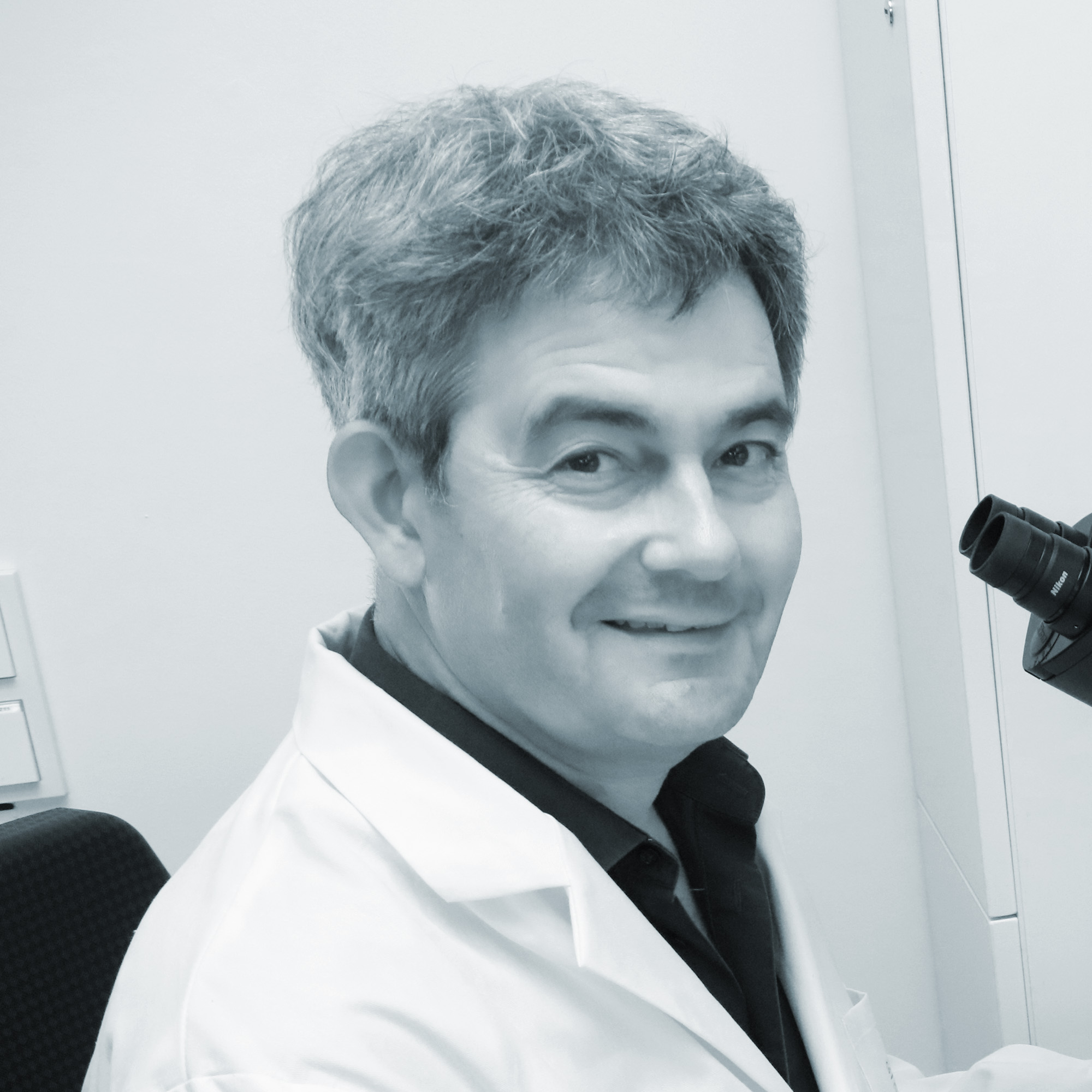
We asked...
Henner Hollert
Which problem do you want to understand better through your research project?
In RobustNature, we are dealing with the question of how the global challenge of environmental pollution in interaction with climate change and changes to land use affects biodiversity, ecosystem health and human well-being. In a nutshell, we are asking: What are the driving forces of environmental pollution in society and what levers are there for change?
What is important about it for you personally?
The significance of environmental pollution – chemicals, pathogens and invasive species – for biodiversity loss is not yet fully understood. In my opinion, understanding these interdependencies and developing solutions for societal transformation is one of the great challenges of this century. And tackling this issue in inter- and transdisciplinary collaboration with researchers from different disciplines is important for me.
What is the biggest obstacle?
All scientists must develop a common language and learn to think not in a linear but in a networked way.
Have you discovered something that has particularly influenced you?
The decision of the United Nations General Assembly in Nairobi to establish an international chemicals council and recent publications on the significance of chemicals for the planetary boundaries concept demonstrate the tremendous need for this research.
Professor Henner Hollert is Deputy Executive Director of the Institute of Ecology, Diversity and Evolution at the Faculty of Biological Sciences and spokesperson for the RobustNature research project, together with Professor Ernst Stelzer.
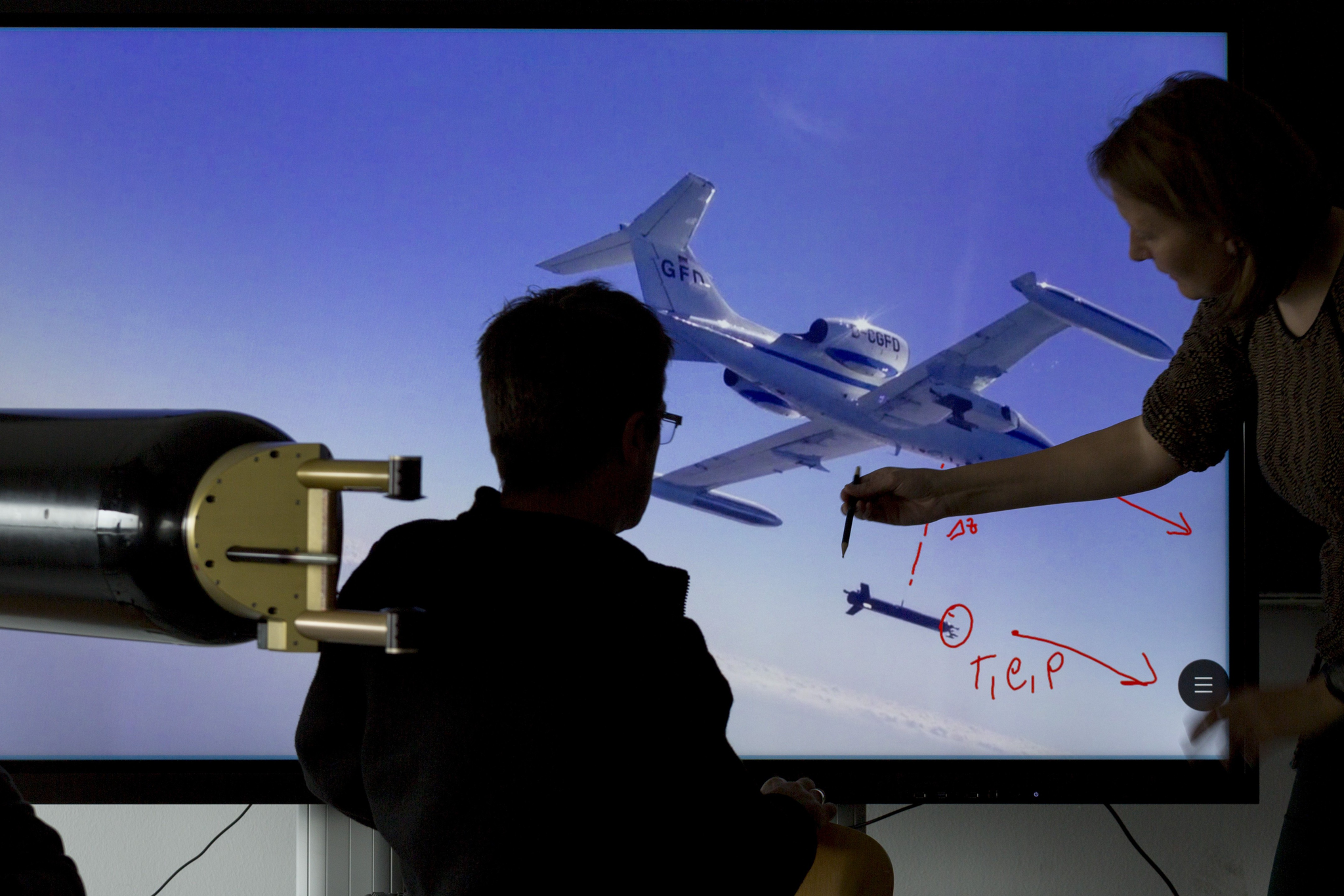
Clouds, rain and wind form in the troposphere, which surrounds our planet. But how does the tropopause region, which lies just above it, influence weather and climate change? This is what atmospheric researchers are investigating in a CRC/Transregio project.
Not all layers surrounding our planet are equally well known. Little research has been done, for example, on the tropopause region: this is located between the troposphere close to Earth, where the air cools with increasing altitude, and the stratosphere, where the air becomes warmer again. By contrast, in the zone between, the tropopause region, which is ten to twelve kilometres high, the temperature remains the same. What that means for the transport and exchange processes of water vapour, ozone and fine suspended particles (aerosols), which are of interest to climate research, is being investigated by the Collaborative Research Centre (CRC)/Transregio “The Tropopause Region in a Changing Atmosphere” – in short, TPChange.
How does the tropopause region influence, for example, cloud formation in the tropics? This is one of the questions keeping the researchers busy. Clouds are very important for the climate: on the one hand, they reflect solar radiation, on the other hand, they contain heat radiation from Earth like the roof of a greenhouse. If you want to know how extensive these cooling and warming effects are, you also have to understand how clouds form. This requires fine particles on which water vapour can condense.
“One hypothesis is that the tropopause region in the tropics is the most important region for the formation of new aerosol particles because in thunderclouds substances are transported very quickly from the ground to an altitude of 12 to 13 kilometres,” explains atmospheric researcher Professor Joachim Curtius from Goethe University Frankfurt. “We would like to prove that this causes a very large number of new aerosol particles to form in the upper troposphere, which grow, are transported downwards and then supply the whole troposphere with condensation nuclei for cloud formation.” A further question following on from this is how additional aerosols from human activity change Earth’s radiation budget in the long term.
That atmospheric researchers are now more familiar with the processes taking place in the tropopause region is thanks to improved measuring techniques which make it possible to record even the smallest aerosol particles of two to three nanometres in diameter (a human hair is about 70,000 nanometres thick). “We know that the newly formed aerosol particles grow by about one nanometre per hour. This means we can track their growth after just two to three hours,” Curtius explains. In the past, it was only possible to detect particles with a minimum size of 10 to 20 nanometres.
The Changing Atmosphere
Professor Andreas Engel and Dr Tanja Schuck from the Institute for Atmospheric and Environmental Sciences at Goethe University Frankfurt are specialists in such measurements. With the help of measuring instruments mounted on aircraft and balloons, they study how trace gases are transported into the tropopause region. And how long it takes until a substance from the troposphere arrives at different points in the stratosphere.
The researchers collect air samples not only with the HALO research aircraft but also on a converted Lufthansa A350 long-haul aircraft within the EU infrastructure project “IAGOS-CARIBIC”. This platform enables global observations of a wide variety of substances that are important for the climate and deplete the ozone layer. Here, it is imperative that these measurements are carried out over a longer period of time so that changes in the atmosphere can also be monitored.
In addition to cloud formation, “TPChange” is examining another factor important for climate change: ozone distribution. Ozone normally only remains in the atmosphere for a few days or weeks, but considerably longer in the tropopause region. If the climate changes and the temperature in the troposphere rises as a result, while falling in the stratosphere, if the water vapour in the atmosphere increases and the height of the tropopause changes – what does the ozone do then, and what, in turn, are the feedbacks to the climate system? Climate models and observations also show partly contradictory results regarding whether ozone in the tropopause region is increasing or decreasing due to climate change. But this region’s effects on the climate depend on this. “The crucial question is: Which processes do we have to take into account in order to improve our climate models?”, explains Curtius.
Nimmt Ozon in der Tropopausenregion durch den Klimawandel ab oder nimmt es zu?
Answering these questions requires atmospheric researchers with different specialisations because the dynamics, chemistry, microphysics and radiation processes in the tropopause region are extremely complex. “A difference in altitude of 100 metres is already noticeable in the measurements,” Curtius explains. This is because processes are coupled with each other: aerosol formation with processes such as heat flow, turbulence and the mixing of air parcels, and these in turn contribute to thunderstorms forming in the tropics. That is why all seven research groups at the Institute for Atmospheric and Environmental Sciences of Goethe University Frankfurt are also involved in the CRC/Transregio “TPChange”, in addition to the two other RMU universities, TU Darmstadt and JGU Mainz (the speaker university), LMU Munich and a large number of non-university research institutions. “That is unusual for a CRC because although we’re all sitting along the same corridor, our activities barely overlap. Now we have a question to which all groups can contribute.”
(ahv)
CRC TRR 301 “The Tropopause Region in a Changing Atmosphere”
Steckbrief
Main locations:Johannes Gutenberg University Mainz (speaker university) and Goethe University Frankfurt
Participating partner institutions:Technical University of Darmstadt; LMU Munich; Max Planck Institute for Chemistry, Mainz; Forschungszentrum Jülich; German Aerospace Centre, Oberpfaffenhofen.
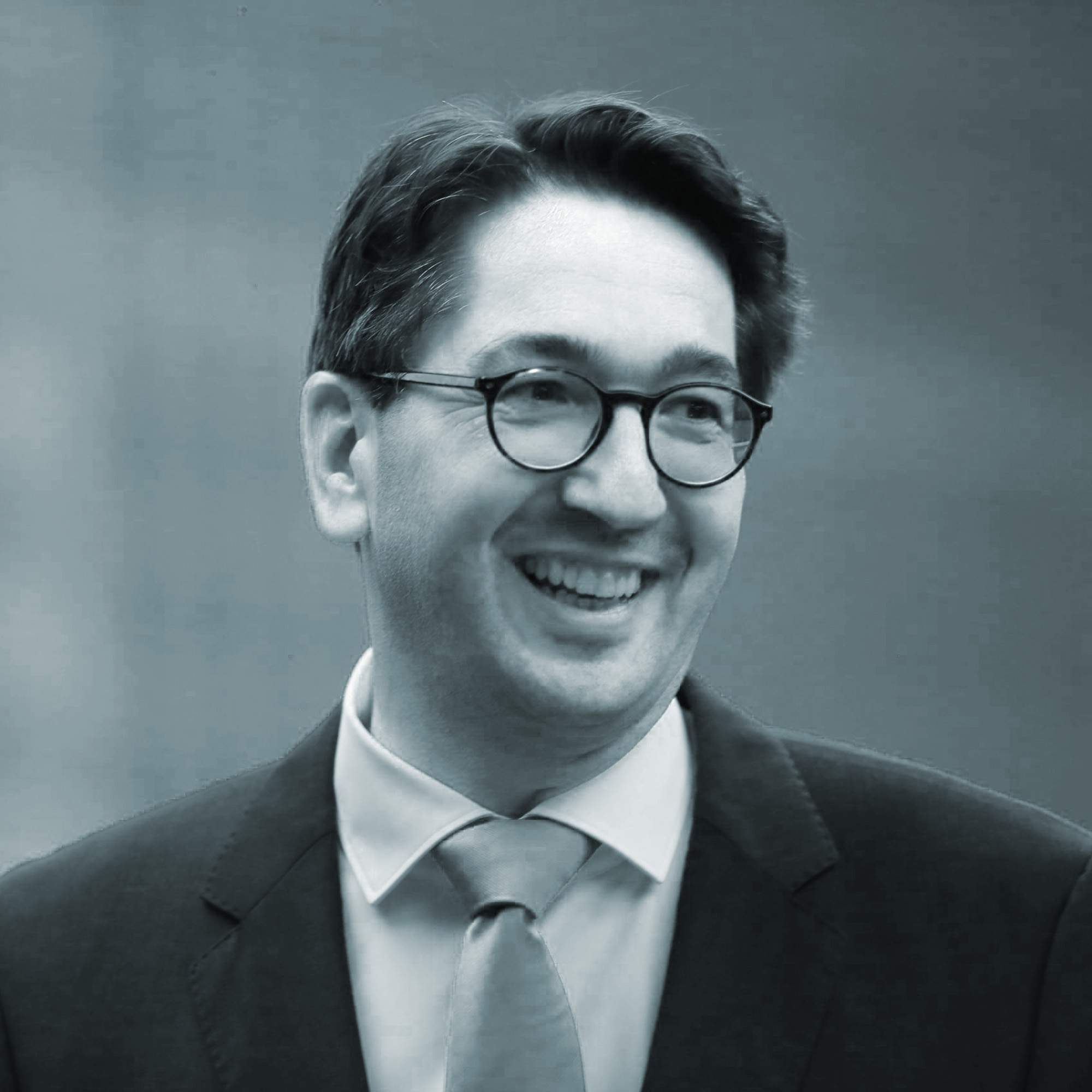
We asked...
Joachim Curtius
Which problem would you like to understand better through TPChange?
We want to better understand the tropopause region’s role for the climate and for the atmosphere in general. It’s a key region for many processes, but it has not been studied thoroughly enough so far because it’s not as easily accessible as the air near the ground.
What is important about it for you personally?
I would above all like to find out how new aerosol particles form in the upper troposphere in the tropics and whether they – as condensation and ice nuclei – have a major influence on cloud formation there. I presume that the tropopause region there is the main “birthplace” for most aerosol particles and that these newly formed particles grow and disperse themselves in the atmosphere. We would like to prove this for the first time and identify the chemical substances that lead to particle formation.
What is your milestone?
The first milestone for my subproject will be a measuring campaign over the Amazonas in Brazil, which will take place in 2022 in the winter. We want to use measurement flights to find out how new aerosol particles form in the tropopause region high above the rainforest.
What is the biggest obstacle?
We wanted to carry out the measuring campaign in Brazil two years ago, but the coronavirus pandemic threw a spanner in the works. We had to cancel the campaign a few weeks before it was due to start. We hope that it will now be possible to complete it in 2022. Moreover, our mass spectrometer and the other measuring equipment must of course also function properly under the difficult conditions in the tropics.
Is there anything that has particularly influenced you?
The measurements we have conducted in the CLOUD aerosol measurement chamber at CERN in Geneva over the last years were a key prerequisite. On the basis of these process analyses under laboratory conditions, we assume that the oxidation of terpenes and isoprene, which the Amazon rainforest releases into the air in vast quantities, leads to the formation of the new particles in the upper troposphere. But that is so far just a hypothesis which we would very much like to test.
Professor Joachim Curtius is professor at the Institute for Atmospheric and Environmental Sciences at the Faculty of Geosciences and Geography and co-spokesperson for CRC-TRR 301 “The Tropopause Region in a Changing Atmosphere.”
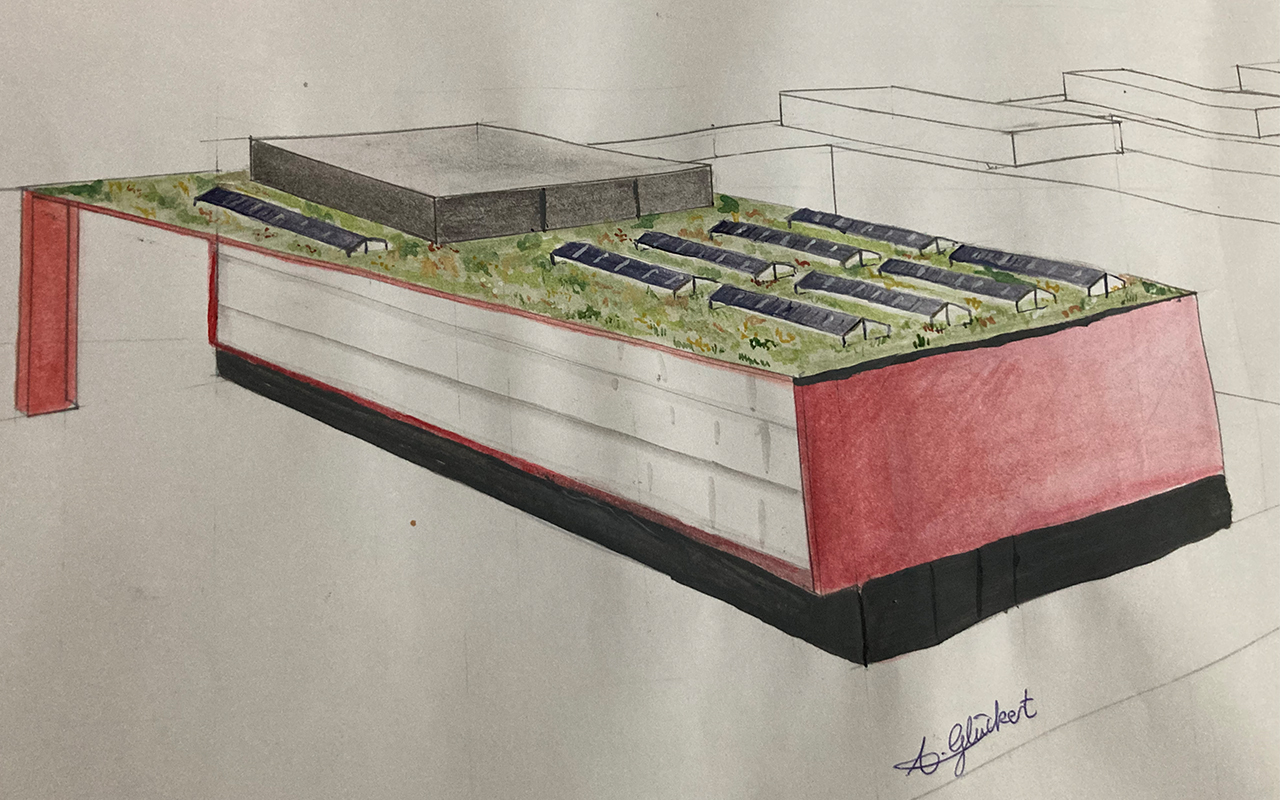
The interdisciplinary practical project of the Orientation Programme “Natural and Life Sciences” helps students choose a subject.
“Slip into the role of an interdisciplinary team of experts and advise one of the university senate’s committees on the risks and potential of extreme weather on Riedberg Campus!” – this was the title of the work assignment in the practical project “Extreme Weather” of the Orientation Programme “Natural and Life Sciences”. Although the senate committee was fictive, collaboration between the four participating project teams was very real. Highly motivated, the highly diverse project groups, consisting of students of the Orientation Programme in their second semester, advanced Bachelor’s students from other natural sciences and prospective environmental engineers from Münster University of Applied Sciences, threw themselves into their work in the 2021 summer semester and, with topics of their own choice such as heatwaves and heavy rain, placed their finger on the pulse of current developments.
The Orientation Programme is one of two pilot projects launched in 2018/19 together with the Hessian state government. Alongside the University of Kassel, Goethe University Frankfurt is represented with two new Bachelor’s degree programmes: the BSc Natural and Life Sciences and the BA Humanities and Social Sciences. The orientation phase enables a “reality check” while at the same time teaching key academic skills as well as providing theoretical and practical insights into specialist disciplines. All this with the aim of empowering students to make a reflected and informed choice of subject.
With its Orientation Programme, Goethe University Frankfurt is among the pioneers of the nationwide trend towards such programmes: by providing orientation at the start of university, their aim is to reduce the number of students dropping out, which averages 20 percent nationwide and up to 40 percent or more in STEM subjects.
„Viele Studierende sind überrascht, dass jede Wissenschaft irgendwie in der anderen drinsteckt.“
It is especially the series of lectures each semester that gives students a feel for the various subjects. With “Frankfurt 2035: 40 °C – Facts & Fake News”, climate change was the topic on the agenda in the 2021/22 winter semester. “It quickly became clear that the natural sciences are very interdisciplinary, that meteorology is more than just weather, and that sports science cannot be reduced to ball sports alone,” explains biologist and project coordinator Dr Bianca Bertulat. “Many students are surprised to discover that each science is somehow part of all the others and what a wide variety of opportunities each subject offers.”
The individual journey to finding “your own subject” culminates in the practical project. “At the latest during joint research work, most students recognise whether they want to study at all and which subject they want to dedicate themselves to in the following six semesters,” says Bertulat, summing up. After eight semesters, students then conclude their studies with a Bachelor of Science in their specialist subject or, if they have chosen sports science, a Bachelor of Arts.
“Slip into the role ...”: In the fictitious research assignment on “Extreme Weather”, the students learnt how to conduct research. How is extreme weather actually defined? Should we collect our own data? Are heatwaves, for example, a much greater risk for the university than heavy rain, and could an air conditioning system powered by photovoltaics and green façades provide a remedy? The four student teams, each with four to six students and accompanied by older mentors, dealt with these and other questions.
As a source of information, the teams also consulted Facility Management, whose staff were surprised by enquiries about roof dimensions and building plans. The “Green Roofs and Façades” team, for example, focused on heatwaves and analysed the cooling effect of vegetation. For this purpose, temperatures were recorded and compared in the model they built themselves in its green and non-green state. At the end of the project, the students’ “Thank You” to Facility Management was in the form of their project reports, which raised awareness of the risks presented by heavy rain, for example, and delivered concepts for photovoltaics and green roofs.
The “Green Roofs and Façades” team focused on heatwaves and analysed the cooling effect of vegetation. For this purpose, temperatures were recorded and compared in the model they built themselves in its green and non-green state. At the end of the project, the students’ “Thank You” to the staff of Facility Management was in the form of their project reports and recommendations, which raised awareness of the risks of heavy rain and delivered carefully calculated concepts for photovoltaics and green roofs.
The Orientation Programme has already fulfilled one of the mandates it was given: to stimulate improvements in university teaching in the degree programmes involved. The “Extreme Weather” practical module was inherited by the Faculty of Geosciences & Geography and is now electable for all Bachelor’s students. Dass die O-Studiengänge erfolgreich seien, stehe fest. An welchen Standards ihre Erfolgsquote bundesweit messbar sei, daran würde auch mithilfe der Goethe-Universität gerade gearbeitet.
The Orientation Programme has already fulfilled one of the mandates it was given: to stimulate improvements in university teaching in the degree programmes involved. The “Extreme Weather” practical module was inherited by the Faculty of Geosciences & Geography and is now electable for all Bachelor’s students.
The next practical project will be put to the test in 2022: “Moon Base 2.0” builds on the “Mission to Mars” lecture series and will be tested for the first time in person, including a project completion ceremony.
Find your subject!
Unser Forschungsprofil: Raum für gute Antworten
Mit sechs Profilbereichen will die Goethe-Universität ihre Kompetenzen stärker bündeln.
